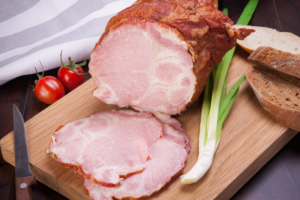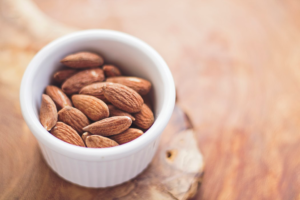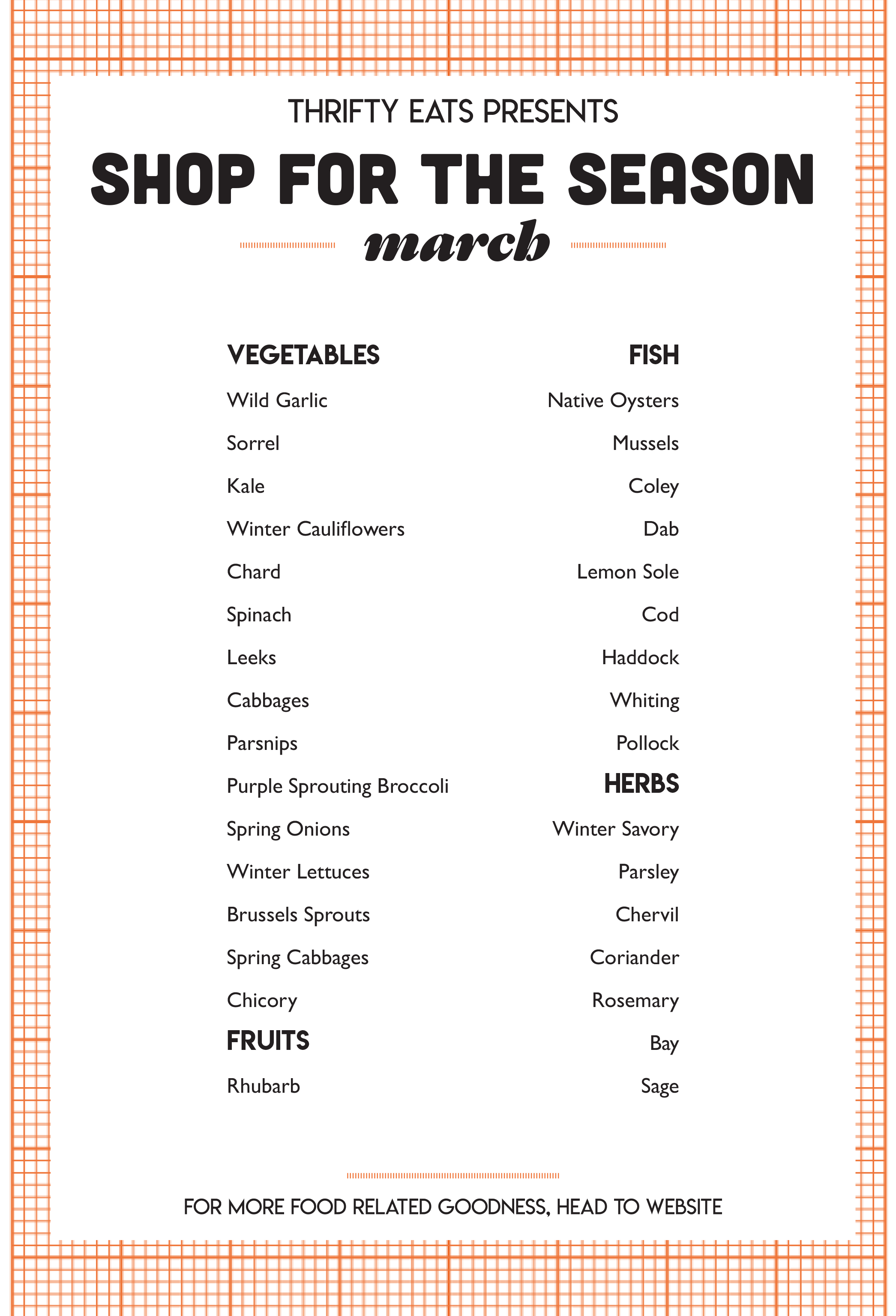Affordable and environmentally responsible foods that still pack enough protein to fuel your workouts? Of course, where have you bean?

A varied balance of the three macronutrients is important for a healthy diet, especially for active individuals. However, the most glamorous macronutrient that receives the most publicity has always been protein. It is what the body uses to build and repair tissue.
With this in mind, fitting enough protein into one’s diet has long been the focus of gym-goers and fitness fanatics. Yet economic, environmental and health considerations mean that less and less people are getting their protein from meat. This is evidenced by the four-fold increase of vegans in the U.K since 2014.
The American Journal of Clinical Nutrition found that the source of the protein, animal or plant-based, was unimportant in terms of muscle mass and strength comparisons between omnivores and herbivores. The experience of vegan bodybuilder and Instagrammer, Jay Ramsurrun, known as @plantbasedcitizen on Instagram, supports this claim. He said, “0.8 grams of protein per pound of body-weight is ideal for muscle growth so whether you get this from meat, dairy or plant-based sources shouldn’t matter at all.”
Many prominent athletes have turned to plant-based sources to fuel their endeavours. Venus Williams adopted a raw vegan diet after being diagnosed with an autoimmune disorder. Manchester City maestro Sergio Aguero credited his vegetarian diet with helping him overcome niggling injuries and Lionel Messi, who is widely regarded as the world’s best footballer, partakes in a vegan diet. Even bodybuilding legend Arnold Schwarzenegger has swapped the steaks for seitan, showing that you don’t need beef to be a beefcake.
Fuelling your athletic endeavours with plant sources may not only benefit your body but also your wallet. Meat and fish can often prove to be the more expensive items in the shopping cart, costs that gym-goers like Jay are happy to sidestep. “Rice, beans, pulses, oats and grains are some of the cheapest foods on the planet, so eating a whole food plant-based diet is potentially the least expensive diet out there,” he says.
When thinking about the environmental impact and sustainability of protein-rich food sources, it’s important to consider land use, packaging and how far the food travels. With that in mind, we will briefly examine some of the most common sources of protein to help you make an informed decision on what foods meet your nutritional goals, whether you’re trying to bulk up, save the planet or save money. Bonus points for all three.
The usual suspects
Eggs

Eggs have long been a go-to staple for the protein-conscious consumer. Who could forget Rocky’s breakfast of champions? He guzzled four raw eggs every morning to fuel his training efforts. Personally, we’ve always favoured an omelette.
A large egg contains around six grams of protein, as well as important nutrients such as choline and B vitamins. Links have previously been made between egg consumption and raised cholesterol. However, a recent American Journal of Clinical Nutrition study found no significant association between egg intake and blood lipids or mortality.
Eggs are one of the more environmentally friendly sources of animal proteins, with the production of cartons and packaging being more harmful than the actual eggs. Organic and free-range eggs are found to be the least environmentally impactful as when chickens can roam, they consume less feed due to their tendency to scavenge nutrition from the ground. However, for every 100 grams of protein worth of eggs produced there is a 3.8-kilogram release of carbon dioxide into the atmosphere.
Meat

The greatest environmental offender in the meat industry is livestock, specifically cows, which are energy-intensive to farm and also release methane into the atmosphere. Last year in the United Kingdom, the volume of beef sales is reported as having dropped 1.8% although this still represents a value of almost £3 billion.
Cooked beef has between 25 and 32 grams of protein per 100 grams and is also rich in zinc and iron. The production of 100 grams of protein from beef emits 25 kilograms of carbon dioxide into the atmosphere. Compare this to peas, which cause only 0.36 kilograms of emissions.
For those who desire a protein-rich diet but would prefer to avoid meat or animal products for ethical, environmental or sustainability reasons, plants could prove to be the answer. There are many whole foods which are rich in amino acids and vitamins while being environmentally friendly and much cheaper.
Plant power
Soya

Soya is a complete form of protein which means that it contains a full profile of the nine essential amino acids. It comes in many forms including milk, tofu, tempeh and as the basis of fake meats. A cup of soya milk contains about 6 grams of protein while 100 grams of tofu provides 8 grams of protein in addition to some fibre. While rich in protein, these products are relatively low in calories which makes them a good option for those trying to lose weight.
Tofu can be purchased silken, soft, firm or extra-firm depending on your texture preference and is ideal for stir-frys and scrambles. The firmer varieties can also be marinated and grilled to your liking. On the other hand, the mass production of soya has been linked to deforestation in South America and the majority of soya produced is actually consumed by the livestock industry. The production of 100 grams of protein from tofu results in a 1.6-kilogram emission of carbon dioxide.
While Jay predominantly depends upon whole foods he says that he does tend to eat the occasional meat replacement in the week to boost his protein intake. “Mock meats like tofu and tempeh are amazing sources of protein, often matching meat and dairy in protein content,” he continued.
Nuts

Good sources of protein, fat and fibre, nuts also tend to be rich in minerals. For example, almonds are high in calcium, cashews rich in iron and magnesium, Brazil nuts contain high levels of selenium and hazelnuts have a lot of vitamin E. They are ideal for garnishes or just to snack on throughout the day. Interestingly, nuts are one of the few protein sources that are often carbon negative due to the oxidising effect of the trees they grow on.
Jay lauds the comparatively high calories of the nuts for active individuals. “For those looking to bulk up or put on weight, calorie-dense foods such as nuts, seeds and oils can be very beneficial,” he said.
Powders
Whey is the most commonly used form of protein in shakes and recovery drinks. It is one of the two types of protein derived from milk, the other being casein. For the gym monkeys reluctant to lose their post-workout shake there are any number of plant-based alternatives to provide a protein boost. There are any number of products available on the market including pea, soya, rice and hemp protein shakes.
While you’re less likely to be able to find sweet caramel cookie, tiramisu or whichever sweetened flavour the whey products offer, there are some substantial benefits to non-dairy powders. The vegan powders tend to contain less artificial sweeteners, sugar and calories. However, they can also be quite an acquired taste, unless your favourite flavour happens to be hemp. Jay says, “Vegan protein powders have been a great help to me in boosting my protein intake.”
Plant-based powders are often cheaper, while the dairy in whey is difficult to digest for some people, and has even been known to cause acne breakouts in others. Whey, creatine in particular, can even cause stomach ache and diarrhoea in some users. Whey protein generates around seven kilograms of carbon dioxide emissions per 100g of protein but this rises to around 20 kilograms after packaging and distribution.
Beans
There are many different kinds of beans, making them a versatile protein source to include in your diet. Chickpeas and lentils are excellent in curries, kidney beans are a must in chilli con carne, and if you fancy embracing your inner Hannibal Lecter you could try fava beans (nice chianti encouraged, please nix the human liver). Beans have a relatively low carbon footprint, roughly 0.65 kilograms of carbon dioxide are emitted per 100 grams of protein produced. They are also relatively cheap and widely available tinned.
The verdict…
Trying to reduce the carbon footprint of your diet can be boiled down to a few simple steps. Obviously trying not to waste food is a key factor, while avoiding heavy packaging limits landfill space. Eating locally sourced seasonal foods is the most environmentally responsible diet option as the less distance the food has to travel, the less carbon dioxide is produced. While eating seasonally does reduce the number of options you have it in no way limits flavour. For some delicious seasonal food ideas, check out the recipe section of our website.
Recent years have seen the rise of the ‘flexitarian diet’, where you eat a primarily vegetarian diet with the occasional inclusion of meat. Such diets can prove convenient for those who wish to eat cheaply and healthily but still enjoy an occasional indulgence.
At Thrifty Eats, our motto is easy on the planet, easy on your pocket. We hope that this guide will help you save some money while reducing your carbon footprint. All greenhouse gas emissions statistics were taken from an environmental impact of food production investigation from Our World in Data. To check them out, click here.

